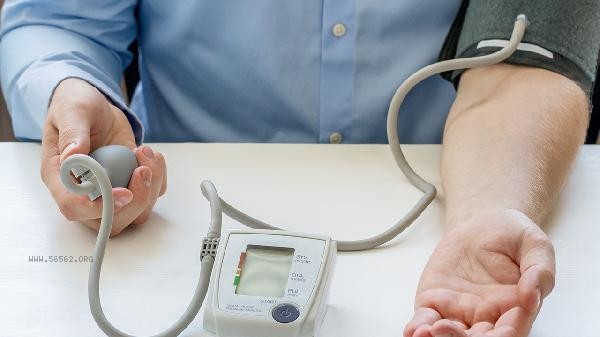The treatment methods for orthostatic hypotension include lifestyle adjustments, medication therapy, and targeted training, and specific plans need to be developed based on the cause and severity. Improving daily habits, using medication, and conducting positional training are common and effective treatment methods.

1. Lifestyle adjustment
Positional hypotension is closely related to daily habits, and lifestyle adjustment is the basic treatment. Increasing salt and water intake can help improve blood volume and reduce the occurrence of low blood pressure. It is recommended to maintain a daily water intake of 2-3 liters and increase salt intake in moderation. However, it is important to note that hypertensive patients should seek advice to avoid prolonged standing or sudden changes in position. They can sit up for 30 seconds before standing up when waking up. Wearing elastic socks can help promote blood flow back to the lower limbs and alleviate symptoms.
2. Drug therapy

is an important choice for patients with severe symptoms or ineffective lifestyle adjustments. Commonly used drugs include hydrocortisone, midodrine, and pyridostigmine. Fludrocortisone improves hypotension by increasing blood volume and sodium retention; Midojun increases blood pressure by constricting blood vessels; Pismedetomidine alleviates symptoms by enhancing nerve conduction. The use of medication should be under the guidance of a doctor, and self adjustment of dosage should be avoided.
3. Targeted Training
Positional training and exercise can help improve orthostatic hypotension. Positional training includes gradually increasing standing time, practicing 2-3 times a day for 10-15 minutes each time, gradually adapting to changes in posture. Aerobic exercise such as walking, swimming, and cycling can enhance cardiovascular function and improve blood pressure regulation ability. Strength training such as squats and leg exercises can help promote blood circulation in the lower limbs and reduce the occurrence of low blood pressure. The treatment of orthostatic hypotension should be combined with lifestyle adjustments, medication, and training, and personalized plans should be developed based on individual circumstances. Patients should regularly monitor their blood pressure and communicate with doctors in a timely manner to ensure treatment effectiveness. Through comprehensive treatment, the symptoms of orthostatic hypotension can be effectively controlled, and the quality of life can be significantly improved.









Comments (0)
Leave a Comment
No comments yet
Be the first to share your thoughts!